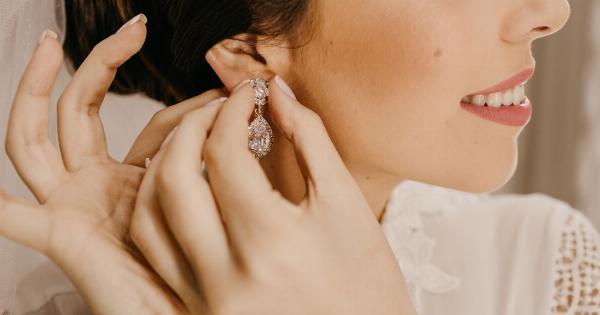One topic that often creates curiosity and intrigue among individuals is penis size and function. From locker room discussions to online forums, there is no shortage of opinions and myths surrounding this intimate subject.
However, it is important to separate fact from fiction and gain a comprehensive understanding of the matter. In this article, we delve into the dimensions and functions of the male reproductive organ, shedding light on what is considered “ideal” and emphasizing the significance of embracing the diversity that exists.
Dispelling Myths: The Truth Behind Penis Size
Many factors contribute to the common misconceptions and unrealistic expectations surrounding penis size.
Media portrayals, societal pressures, and personal insecurities often cloud the perception of what constitutes a “normal” or “ideal” penis. It is vital to recognize that healthy penis sizes can vary greatly among individuals, and that these variations have no direct correlation with sexual prowess or virility.
To truly understand and appreciate penis size in its full context, we must explore its functions and dispel these ingrained myths.
The Anatomy of the Penis
Before discussing size, it is crucial to understand the anatomy of the penis. The penis is composed of three main parts: the root, the shaft, and the glans. The root is located internally and is attached to the pelvis.
It provides support and stability to the penis. The shaft, which is the visible part, consists of spongy tissue that fills with blood during an erection. This tissue is made up of numerous blood vessels and elastin fibers, allowing the penis to expand and stiffen.
Finally, the glans, also known as the head of the penis, is a highly sensitive region rich in nerve endings.
Penis Size: What is Considered “Normal”?
Penis size is a multifaceted and subjective topic. The average erect penis size ranges from 4.7 to 6.3 inches (12 to 16 centimeters) in length and has a girth of 4.7 inches (12 centimeters).
However, it is important to note that these figures reflect averages and do not dictate what is “normal” or satisfying for sexual partners. In reality, there is significant variation among individuals, with smaller and larger penises being equally functional and capable of providing pleasure.
The Function of the Penis: Beyond Size
While size may be a cause for concern or curiosity, it is crucial to understand that penis function extends far beyond mere dimensions. Size does not determine sexual satisfaction or performance.
The quality of one’s erection, the ability to maintain it, and the techniques employed to stimulate a partner have a much greater impact on sexual experience and pleasure. Additionally, communication, emotional connection, and intimacy play vital roles in a satisfying sexual relationship.
Embracing Diversity in Size and Function
The diversity in penis size and function is a natural aspect of human biology. It is vital to embrace and celebrate this diversity rather than fostering unrealistic expectations or perpetuating harmful stereotypes.
The range of sizes and functions allows for unique sexual experiences and individual preferences. Open-mindedness, respect, and understanding are essential in cultivating healthy attitudes towards body image and sexual relationships.
Addressing Insecurities: Seeking Support
It is common for individuals to experience insecurities or concerns related to penis size.
If these feelings significantly impact one’s self-esteem, mental health, or relationships, seeking support from a healthcare professional or therapist can be beneficial. These professionals can provide guidance, reassurance, and advice tailored to individual circumstances, helping to address and overcome any psychological barriers.
The Bottom Line: Appreciating the Real
Understanding penis size and function requires a nuanced perspective that goes beyond cultural expectations and personal insecurities.
Appreciating the real encompasses recognizing the diversity in penis size, understanding that sexual satisfaction depends on various factors beyond size, and embracing body positivity and self-acceptance. Ultimately, a healthy and satisfying sexual relationship is built on communication, understanding, and a celebration of individual uniqueness.



























